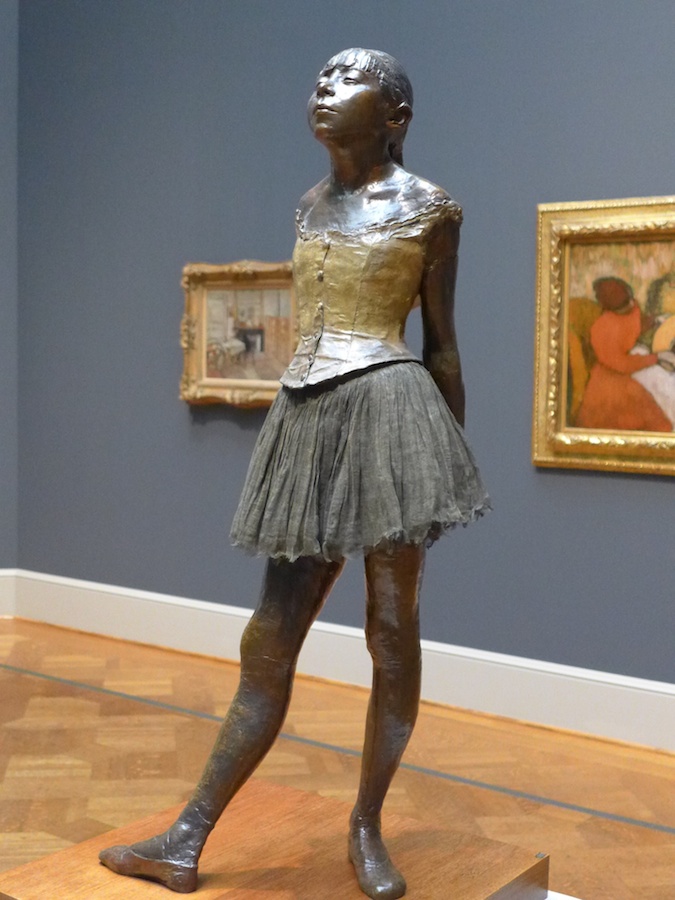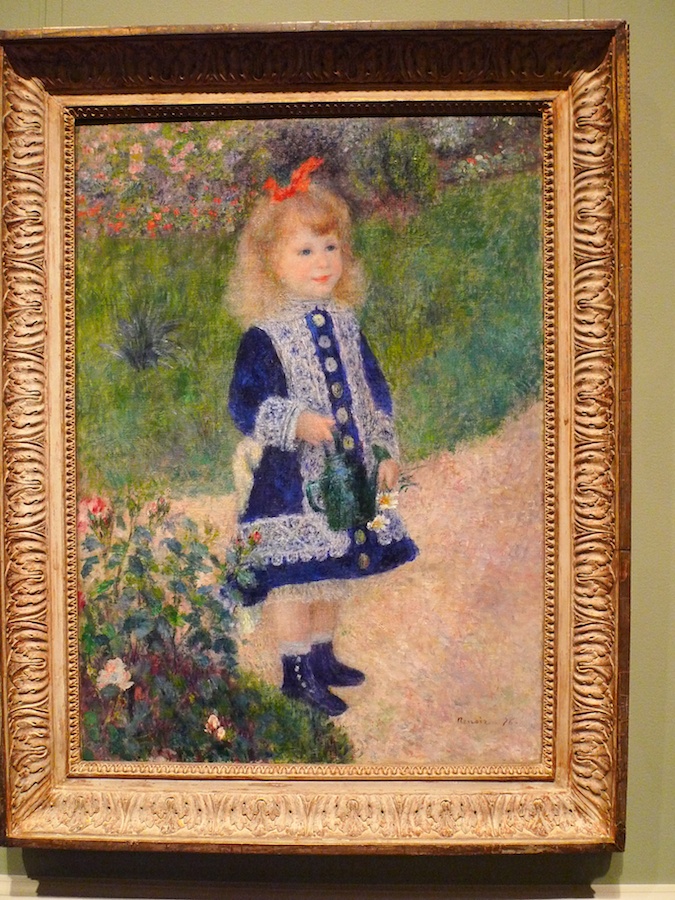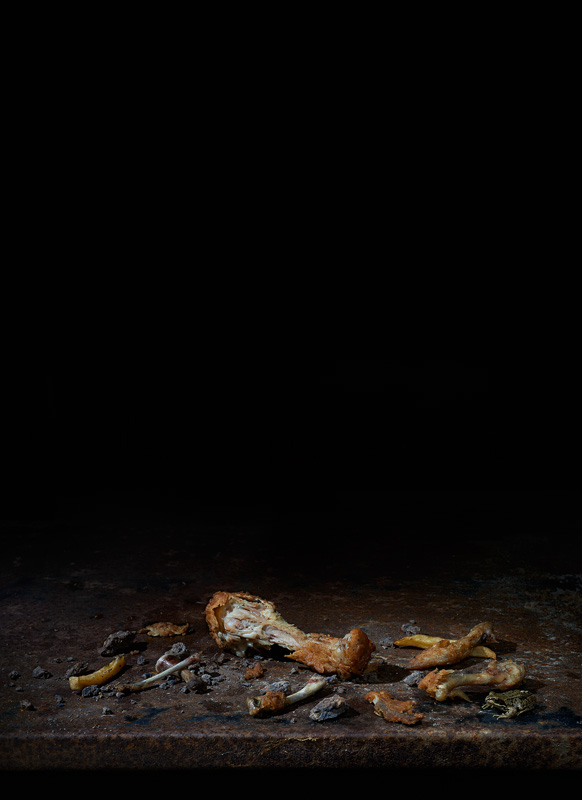Interesting. I had never been to an art gallery until I came here to the Washington, DC area. I first went to a display of photographs by Ansel Adams. Frankly, most of the photos on display didn't impress me much. I spent a lot more time than one would have thought because I kept trying to see what had caused them to be put on display.
The next time I went to see some of the many paintings, again taking my family. I didn't spend much time with each painting, probably no more than one minute. But some of them really caught mine and my oldest daughter's eye. I would just stand there and drink them in, looking at the subject matter, the lighting used to display the painting as well as the the lighting of the photo by use of the paints. Enlightening experience for me for sure.
Not sure what all that has to do with this thread but I have never forgotten how so many of those paintings took on a new life for me when seeing them there, with the good lighting, as opposed to seeing them in books, even well published books with good paper.






